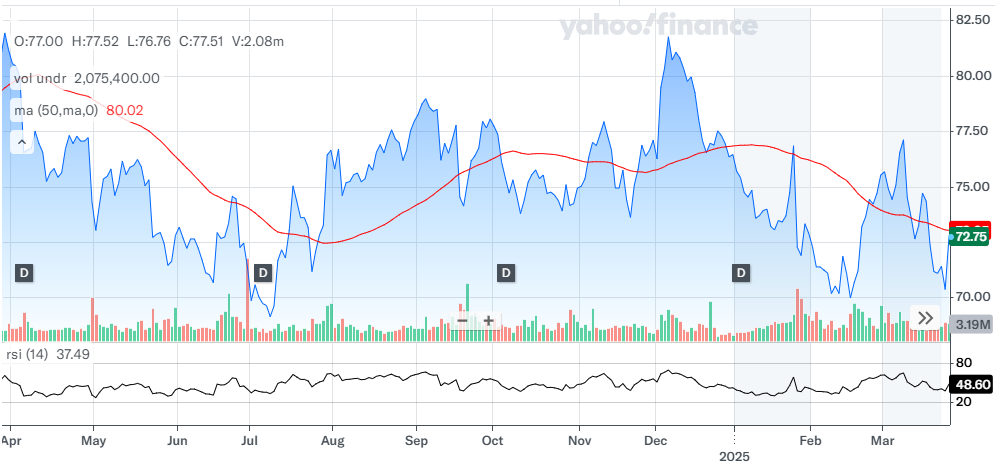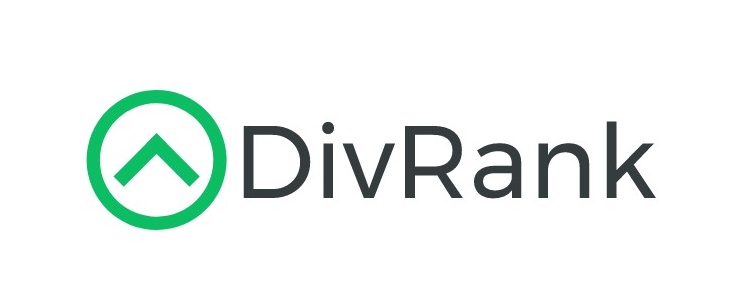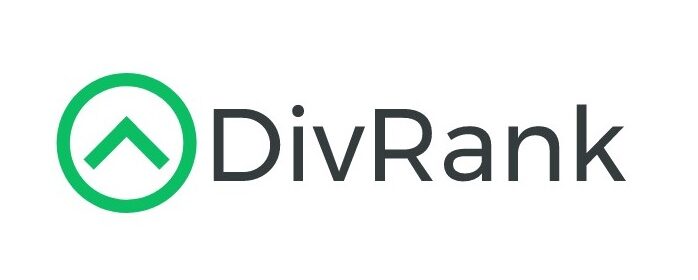Updated 3/26
Sysco has been feeding America—and much of the world—for decades. From neighborhood restaurants and school cafeterias to major hotels and healthcare facilities, Sysco is the backbone of the foodservice industry. With operations that span the U.S., Canada, and Europe, it’s built a massive distribution network that serves over 650,000 customer locations.
For dividend investors, what makes Sysco stand out isn’t just its size—it’s the consistency. This isn’t a business that relies on trends or hype. It thrives on everyday demand, operational efficiency, and a history of rewarding shareholders.
Recent Events
Sysco’s latest earnings report told a story of solid but not spectacular progress. Revenue is on the rise, with the company pulling in over $80 billion over the past year, up 4.5% from the year before. That’s steady growth in a tough environment. However, earnings came in a bit softer, with net income dropping slightly year-over-year. The bottom line was $1.93 billion in profit, translating to $3.90 per share.
Investors haven’t exactly been thrilled. The stock has slipped around 10% in the past year, trailing the broader market. But after bottoming out near $69, shares have perked up again, recently trading around $72.75. That’s not a huge rally, but it might signal some renewed interest.
At the same time, Sysco continues to generate strong free cash flow—almost $2 billion over the past year. That kind of cash generation is key for dividend reliability, even when earnings face a little turbulence.
Key Dividend Metrics
📈 Forward Dividend Yield: 2.80%
💵 Annual Dividend: $2.04
🔁 5-Year Average Dividend Yield: 2.58%
📆 Upcoming Ex-Dividend Date: April 4, 2025
💸 Payout Ratio: 52.05%
📊 Dividend Growth Streak: 54 Years
Dividend Overview
Sysco isn’t chasing attention with a high yield. Instead, it quietly delivers a reliable income stream backed by over five decades of increases. That puts it in rare company—one of the few Dividend Kings out there.
The 2.80% yield may not turn heads, but it’s slightly above its recent historical average, thanks in part to the stock’s recent dip. It’s the kind of setup that long-term income investors tend to appreciate—above-average yield from a business with built-in resilience.
The dividend itself is paid quarterly and has proven to be remarkably stable, even during tough economic periods. For those looking to add a dependable income stream to their portfolio, it’s hard to argue with Sysco’s track record.
Dividend Growth and Safety
Consistency is the name of the game here. Sysco has increased its dividend for 54 consecutive years. The most recent bump was a modest 1.5%—not groundbreaking, but also not surprising given current economic pressures.
What stands out is the level of safety. A payout ratio just over 52% suggests the dividend isn’t stretching the company thin. More importantly, when you look at cash flow, Sysco is covering its dividend with ease. The company generated $2.63 billion in operating cash flow and $1.97 billion in free cash flow over the last year.
Even if earnings were to take a temporary hit, that cushion gives Sysco plenty of room to keep rewarding shareholders. It’s not a flashy dividend grower, but it’s a reliable one—and in this market, that matters.
Chart Analysis

Current Stage in the Market Cycle
Looking at Sysco’s one-year daily chart, the stock appears to be in a late markdown phase, potentially transitioning into early accumulation. From the high near 82.50 in December, price action has been drifting downward in a series of lower highs and lower lows, which is a hallmark of the markdown stage. The consistent weakness below the 50-day moving average and the declining trend since late December reflect sustained selling pressure. However, the recent bounce from the March lows near 69, followed by higher volume bars and a modest push back to the 72.75 level, hints that buyers may be quietly stepping back in.
Volume Behavior
Volume has been noticeably elevated on some green days in the second half of March, particularly compared to the quieter, low-volume pullbacks seen earlier in February. This could be indicative of demand beginning to outweigh supply, especially as the stock approaches oversold RSI levels. In Wyckoff terms, the volume uptick near potential support zones could signal the early stages of Phase B of accumulation. However, we are not yet seeing full confirmation of a major reversal, as price is still below the 50-day moving average, currently around 80.
RSI and Momentum Clues
The Relative Strength Index (RSI) is hovering around 37.5, which suggests the stock is nearing oversold conditions but hasn’t fully bounced with conviction. This type of reading often coincides with testing the lower bounds of a markdown channel or the beginning of a trading range, depending on whether buyers can start to build a floor. Momentum has slowed, and while there isn’t a sharp bullish divergence, the RSI did form a higher low from early March, slightly ahead of price—a subtle early signal of possible accumulation underneath.
50-Day Moving Average as Resistance
The 50-day moving average has turned downward and now sits near 80, well above the current price. This has acted as dynamic resistance since late January, capping several attempts at recovery. Each rejection below the 50-day MA has been followed by further downside, which aligns with a continuation of markdown behavior. Until the price can firmly reclaim this level on strong volume, the broader downtrend remains in play.
Candle Analysis – Most Recent Five Days
Focusing on the last five candles:
- Day 1: A long lower wick near 69 suggests a rejection of lows and some buying interest stepping in.
- Day 2: A bullish candle on above-average volume pushed prices up toward 72, marking a clear response to prior selling.
- Day 3: Another green candle, though smaller, showed follow-through but on lighter volume—buyers showing up but more cautiously.
- Day 4: Slight hesitation with a small red body and longer upper wick. Some sellers reappeared near the 73 mark.
- Day 5: A modest green candle with a tight range and low volume. Consolidation seems to be taking hold near 72.75.
There’s a shift from aggressive selling to more balanced trading, but it’s still early in the potential bottoming process. The candle structures show initial interest from buyers, but conviction is still building.
Analyst Ratings
📉 On March 20, 2025, StockNews.com revised its outlook on Sysco, dialing back from a “strong buy” to a “buy” rating. While still positive, the adjustment reflects a slightly more cautious stance amid ongoing macro pressures and the company’s recent earnings softness.
⚖️ Earlier in January 2025, Morgan Stanley made a slight downward revision to its price target for Sysco, moving it from $79 to $77 while maintaining an “equal weight” rating. The move signals a neutral view—acknowledging Sysco’s stability, but also recognizing a lack of near-term catalysts to push shares significantly higher.
🚀 On the other end of the spectrum, Guggenheim reaffirmed its bullish stance with a “buy” rating and a price target of $85. That target suggests notable upside from current levels and reflects confidence in Sysco’s operational execution, consistent cash flow, and defensive qualities in an uncertain economy.
🎯 As of late March 2025, the average analyst price target for Sysco sits around $84.77. Targets range from a more conservative $77 to a high-end estimate of $95, showing a spectrum of expectations depending on how investors weigh margin pressures versus long-term growth potential. The current stock price of $72.75 implies a potential upside of roughly 16.5% based on the consensus target.
🧐 Taken together, the recent ratings show a mix of cautious optimism. While the downgrade reflects some concern around slowing earnings momentum, bullish voices still point to Sysco’s scale, pricing power, and history of consistent returns as reasons to stay constructive on the stock.
Earning Report Summary
Sysco just dropped its earnings for the second quarter of fiscal 2025, and the numbers show a business that’s keeping its footing, even in a pretty mixed economic environment. While not flashy, the results reflect a company that knows how to navigate through inflation, shifting demand, and margin pressures.
Sales and Volume Growth
Total sales came in at $20.2 billion for the quarter, which is a 4.5% bump from the same period last year. That growth was largely thanks to a small but steady increase in U.S. foodservice volumes, up 1.4%. It’s not explosive, but it’s positive—especially considering how uneven consumer demand has been lately.
International sales also helped, with Sysco’s global segment pulling in $3.7 billion, up 3.6% year-over-year. What’s interesting here is that international operating income jumped significantly—by over 14%—and even more when adjusting for currency effects. That part of the business seems to be gaining some momentum.
Margins and Profitability
Gross profit was up nearly 4%, hitting $3.7 billion. But margins took a slight hit. The gross margin came down just a bit—about 11 basis points to 18.1%—due to higher input costs, especially in categories like dairy and poultry. It’s not a red flag, but it does show how inflation is still a lingering issue for the business.
Operating income came in at $712 million, up modestly from last year. On an adjusted basis, it was a bit stronger at $783 million. Same story with EBITDA—up slightly in raw numbers, but a bit more growth once you factor out one-time items.
Earnings per share held steady at $0.82, matching last year’s number. Adjusted EPS, though, ticked up to $0.93—a 4.5% improvement. So while headline profits were flat, the underlying picture is a bit more encouraging.
Sysco is also keeping shareholders in mind. The company reaffirmed its full-year guidance and plans to return about $2.25 billion in cash to shareholders this year. That includes $1 billion in dividends and another $1.25 billion in share buybacks. It’s a clear sign management feels confident about their cash flow and long-term position.
Overall, the quarter didn’t bring any surprises, but it showed that Sysco is managing through headwinds, keeping margins relatively intact, and staying focused on long-term value for investors.
Financial Health and Stability
Sysco does carry a hefty amount of debt—around $13.7 billion to be exact. And with a debt-to-equity ratio over 670%, it might raise some eyebrows. That said, context is important.
This isn’t a company that needs heavy capital investment to function. Its model revolves around logistics, relationships, and scale. As a result, it produces strong returns—86.5% on equity and nearly 9% on assets. Not many businesses can boast that level of efficiency.
The company also has $793 million in cash, and a current ratio of 1.2. That’s a healthy enough position to manage short-term obligations comfortably, especially with strong recurring cash flow coming in the door.
Sysco’s capital structure isn’t perfect, but it’s balanced by predictable revenues and a stable customer base that doesn’t disappear during economic downturns.
Valuation and Stock Performance
Sysco’s valuation looks reasonable at current levels. A forward P/E of 14.8 suggests the stock isn’t expensive, especially when compared to the broader market. Its EV/EBITDA ratio is around 11.5, and while the price-to-book is high, it reflects the nature of the business more than excessive valuation.
The company operates on thin margins—that’s the norm in food distribution—but it’s done so efficiently for decades. Operating margins hover around 3.85%, and the company consistently manages to squeeze value out of its scale.
Looking at the chart, the stock is sitting just below its 50-day and 200-day moving averages. Technically, it’s in a bit of a holding pattern. That could reflect broader market uncertainty, or simply a pause after a year of underperformance.
Risks and Considerations
There are risks to keep in mind. Sysco’s business, while stable, isn’t immune to inflation. Rising food costs, transportation expenses, and labor pressures can all squeeze margins. The company has a good track record of passing on some of these costs to customers, but it’s a delicate balance.
The debt load is another factor. While not currently problematic, it does reduce flexibility. If rates stay elevated, refinancing could become more expensive. Also, while the company dominates North America, its international expansion has been slower and less profitable.
And lastly, dividend growth has been modest in recent years. Investors looking for high single-digit annual increases might be left wanting.
Final Thoughts
Sysco may not grab attention, but that’s part of its appeal. It’s the kind of stock that quietly does its job—generating steady cash flow, supporting a reliable dividend, and operating in an industry that doesn’t go out of style.
The company’s long-term dividend track record, paired with manageable risk and a reasonable valuation, makes it a name worth knowing for income-focused investors. It won’t deliver overnight gains, but for those building wealth through steady income, it offers something far more valuable: consistency.

